Some albums don’t just define an era; they change the way we experience music itself. Rock’s journey is filled with groundbreaking albums that did more than climb charts—they reshaped genres, inspired countless artists, and challenged norms. Each one brought something new, from revolutionary sounds to thought-provoking themes. These records sparked trends, introduced new styles, and left a permanent mark on listeners and musicians alike. Here’s a look at some of the most influential rock albums that redefined music forever.
The Beatles – Sgt. Pepper’s Lonely Hearts Club Band
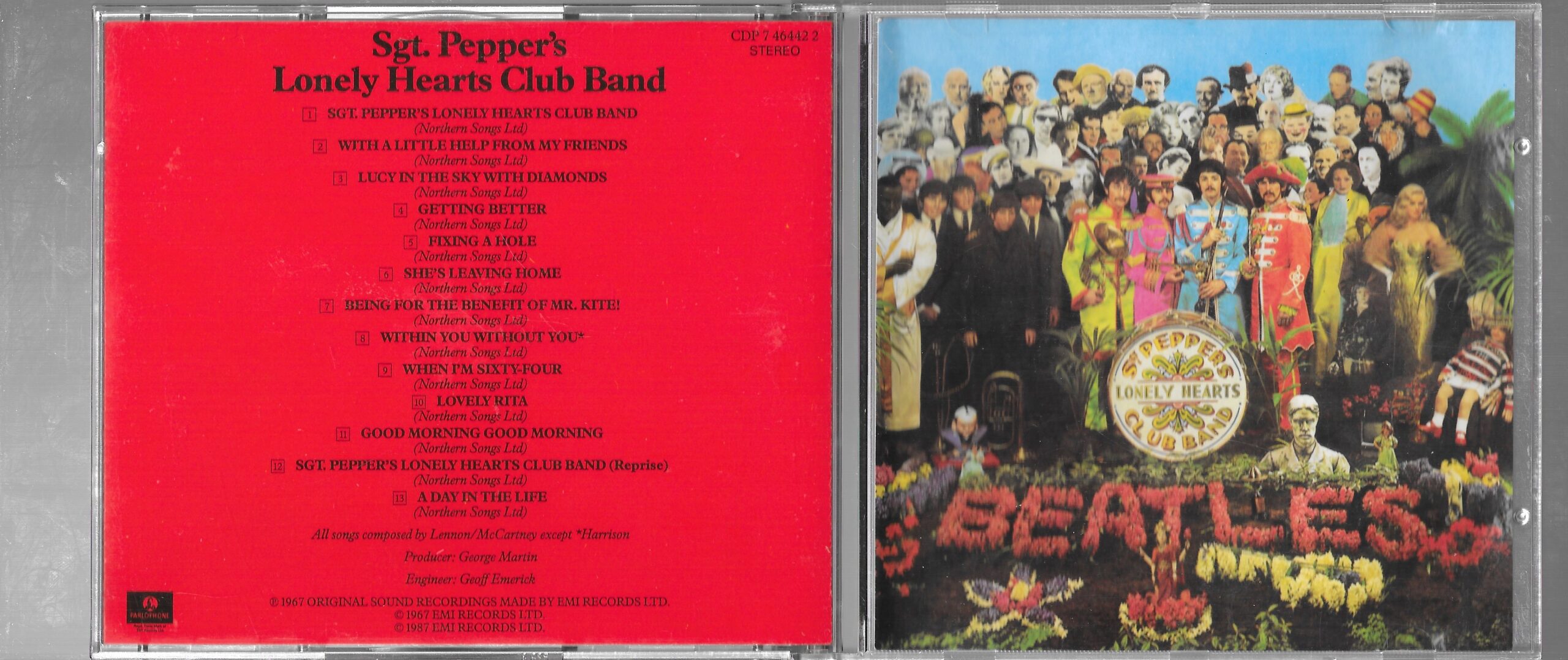
Released in 1967, Sgt. Pepper’s Lonely Hearts Club Band by The Beatles is often hailed as one of the most innovative albums in rock history. This record brought together elements from a wide range of genres, creating a soundscape that was both groundbreaking and genre-defying. Each track on the album blends storytelling with complex instrumentation, making use of orchestration, sound effects, and pioneering studio techniques. Songs like “Lucy in the Sky with Diamonds” and “A Day in the Life” showcased experimental structures that had rarely been heard in mainstream music. Not only did the album push the boundaries of rock, but it also solidified The Beatles as musical visionaries who were unafraid to challenge conventions. With its vivid cover art and artistic depth, Sgt. Pepper’s set a new standard for albums as complete artistic statements, inspiring countless musicians for decades.
Pink Floyd – The Dark Side of the Moon
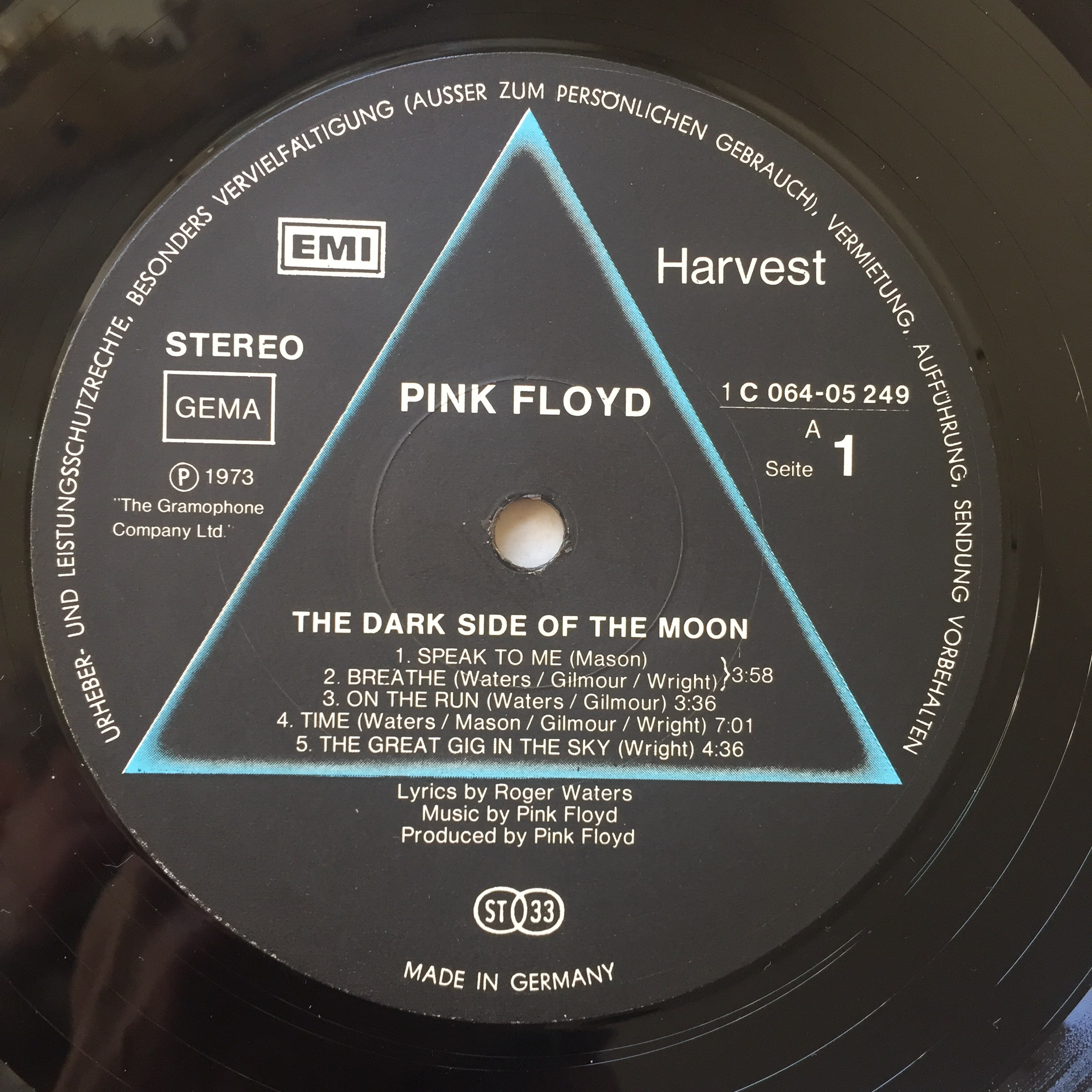
Pink Floyd’s The Dark Side of the Moon is more than an album—it’s an immersive experience. Released in 1973, this record explored deep themes of life, death, mental illness, and human conflict. The album’s seamless flow, aided by groundbreaking production techniques and haunting sound effects, created an atmosphere that drew listeners into its world. Songs like “Time” and “Money” were both musically intricate and thematically bold, tackling complex subjects rarely seen in rock music at the time. The Dark Side of the Moon stayed on the Billboard charts for 741 weeks, proving its universal appeal and solidifying its status as a timeless masterpiece that changed music forever.
The Velvet Underground – The Velvet Underground & Nico
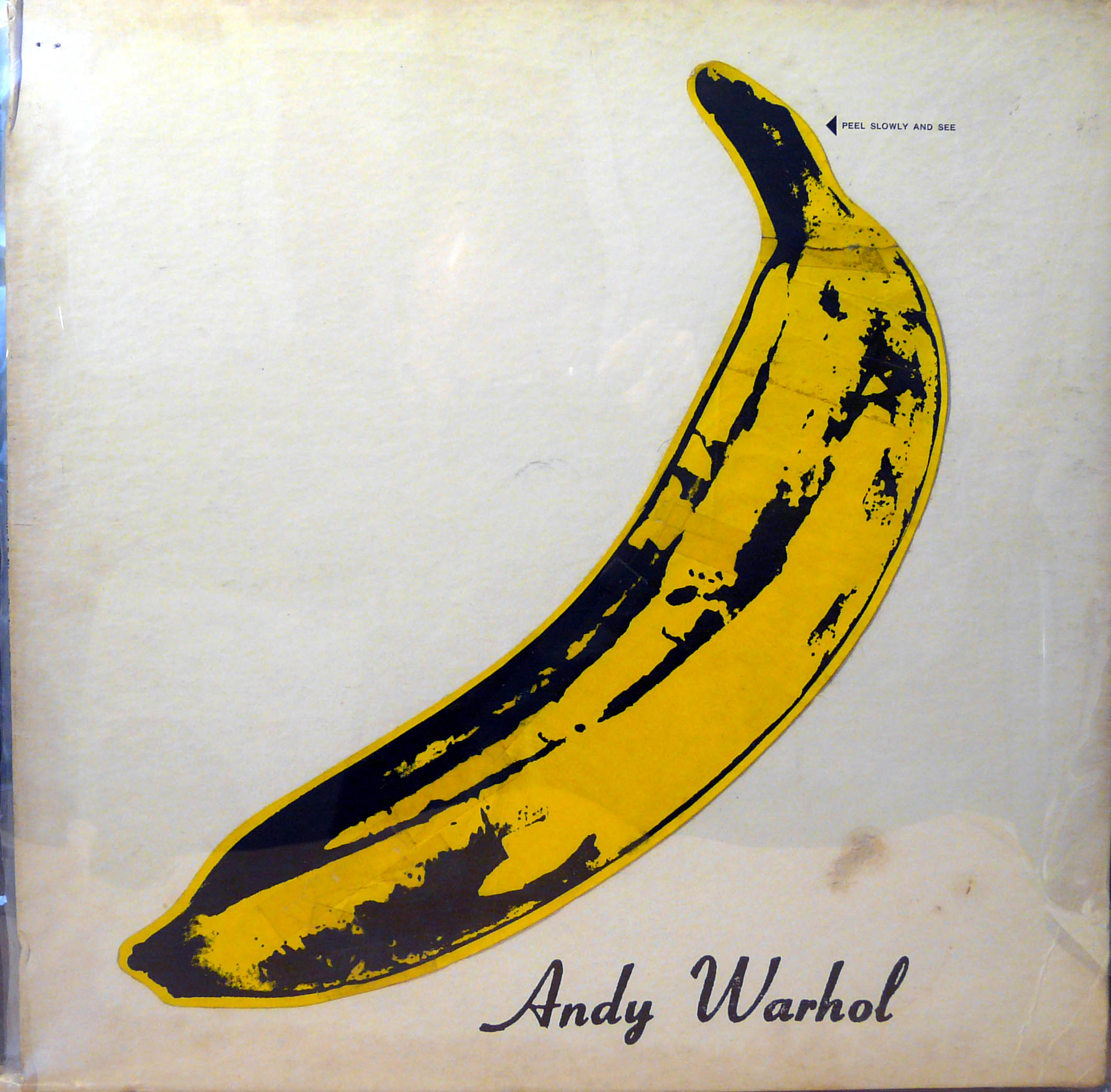
The Velvet Underground & Nico, released in 1967, was unlike anything heard in rock music before. This album, fronted by Lou Reed and produced by Andy Warhol, pushed rock’s boundaries with its raw, experimental sound. The album delves into dark themes, exploring taboo subjects like drug use, urban alienation, and unconventional lifestyles, which shocked listeners at the time. Songs like “Heroin” and “I’m Waiting for the Man” are unapologetically honest, using stripped-down arrangements and Reed’s evocative lyrics to challenge social norms. Musicians across genres have credited The Velvet Underground & Nico with inspiring them to embrace bold themes, solidifying the album’s status as a cultural icon.
Radiohead – OK Computer

Radiohead’s OK Computer, released in 1997, was a watershed moment in rock and alternative music. This album took a futuristic approach to the genre, blending rock with electronic influences to create a hauntingly atmospheric sound. Tracks like “Paranoid Android” and “Karma Police” explore themes of alienation, technology, and modern anxieties, striking a chord with listeners navigating an increasingly digital world. The production on OK Computer was groundbreaking, using layers of effects and unconventional sounds that added to the album’s dystopian feel. OK Computer not only earned critical acclaim but also inspired a wave of experimental rock, influencing countless bands to take more risks in their music.
Fleetwood Mac – Rumours
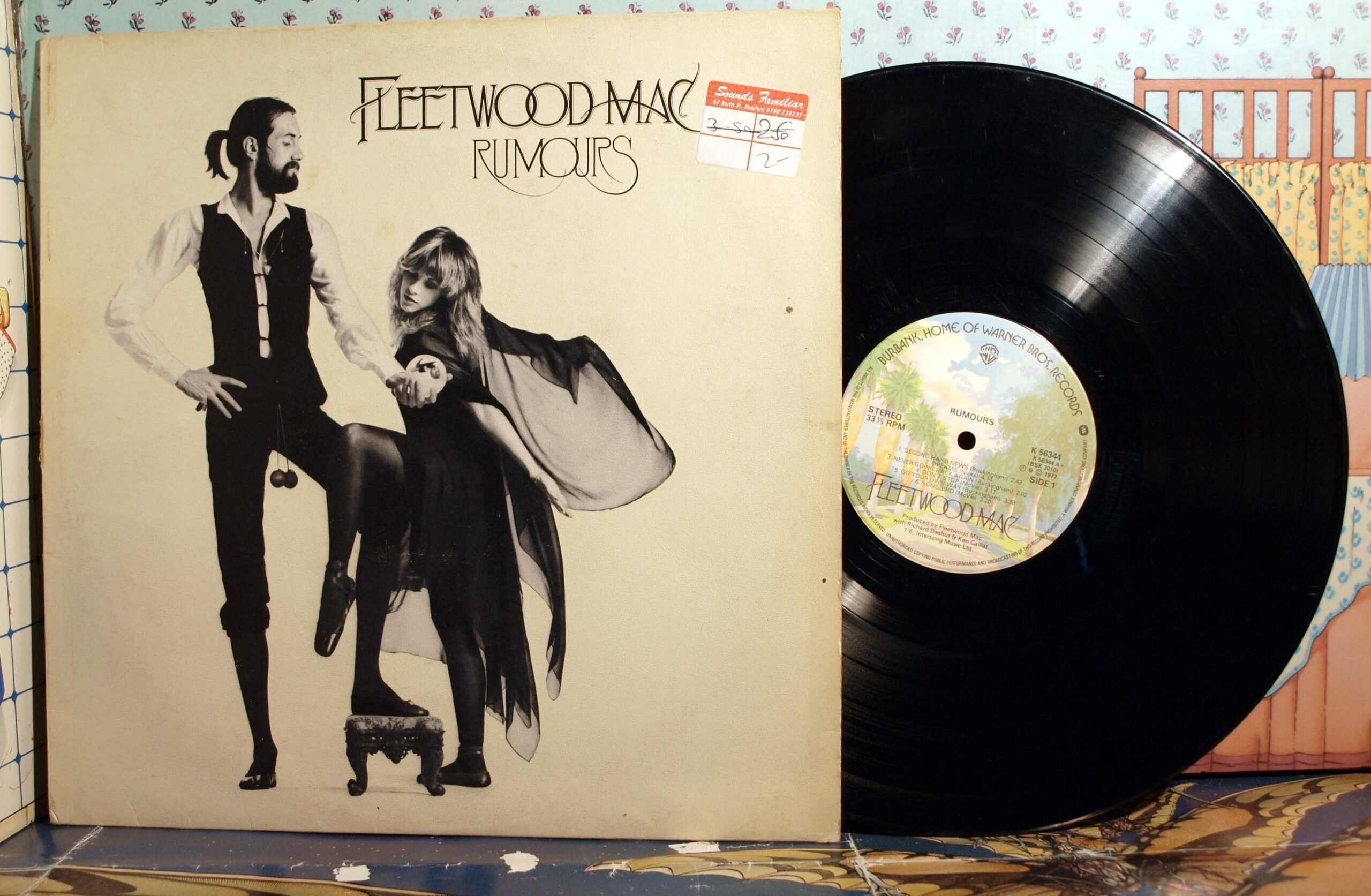
Fleetwood Mac’s Rumours, released in 1977, is often celebrated as one of the best-selling albums of all time and a defining moment in rock history. Behind its catchy, polished sound lies a tale of personal turmoil, with each band member experiencing relationship struggles that fueled the album’s emotional depth. Songs like “Go Your Own Way” and “Dreams” touch on heartbreak and betrayal, giving listeners a glimpse into the band’s raw emotions. The album’s production was polished and meticulous, blending rock, pop, and folk elements into a sound that resonated with a wide audience. Despite the personal challenges faced during recording, Fleetwood Mac created a cohesive and emotionally charged album that struck a universal chord.
Led Zeppelin – Led Zeppelin IV
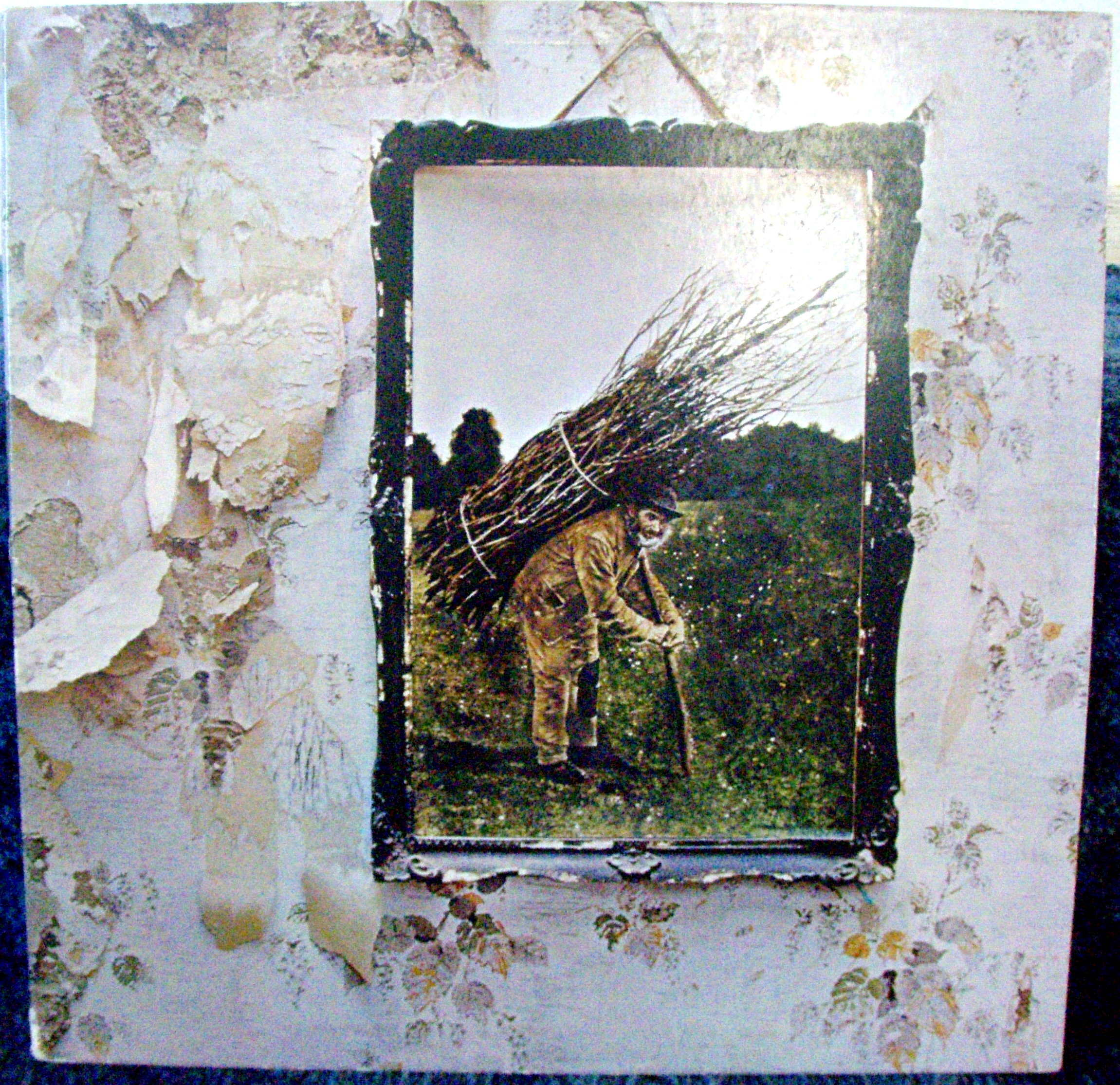
Led Zeppelin IV, released in 1971, is a landmark album that solidified Led Zeppelin’s reputation as rock icons. Known for its blend of hard rock, folk, and mystical themes, this album features some of the band’s most iconic songs, including “Stairway to Heaven.” The track’s gradual build from a folk-inspired beginning to an explosive rock crescendo showcased Zeppelin’s musical range and craftsmanship. Other songs like “Black Dog” and “Rock and Roll” blend blues influences with powerful rock instrumentation, making each track a unique listening experience. The album’s mysterious, symbol-laden cover and lack of an official title added to its allure, creating an air of mystique that attracted fans worldwide.
The Clash – London Calling
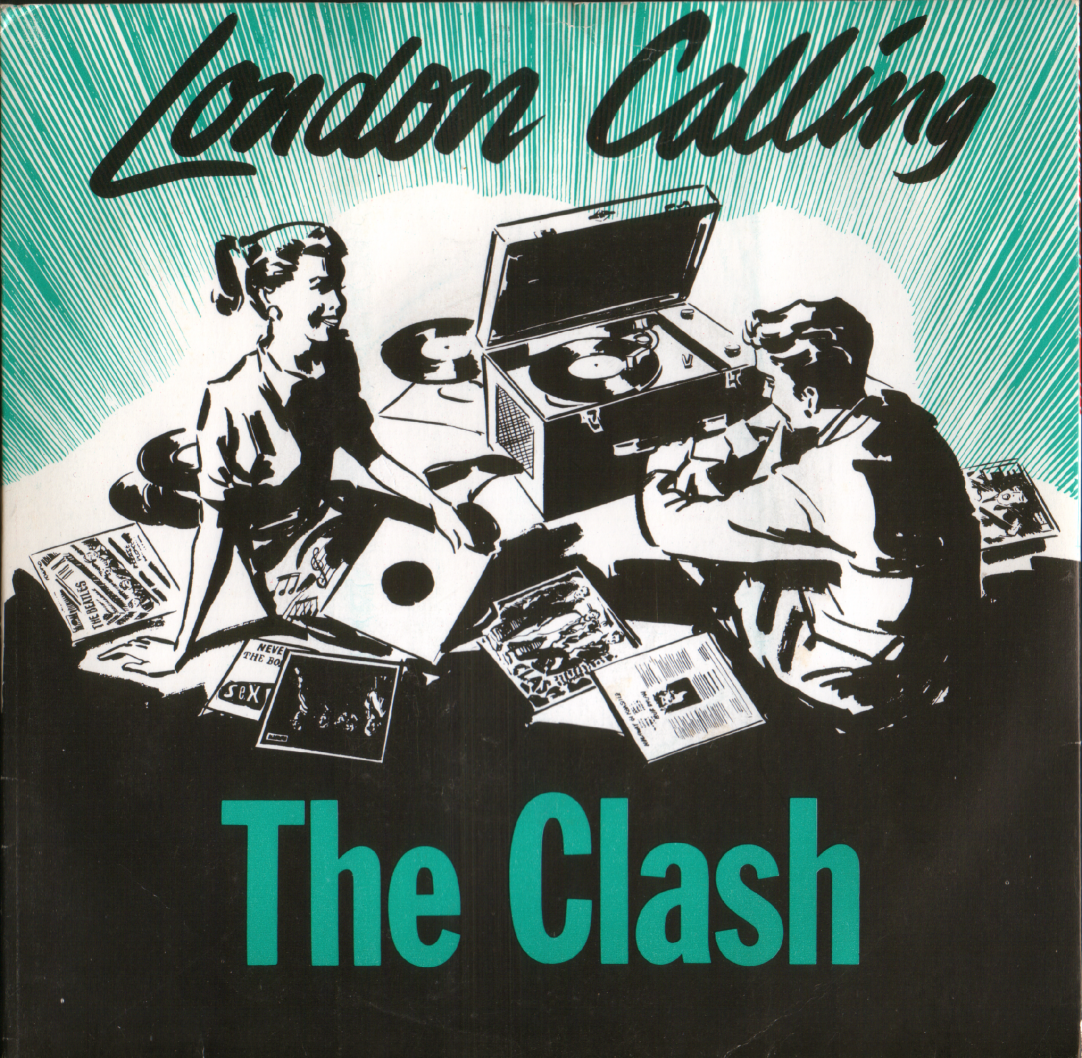
Released in 1979, London Calling by The Clash stands as a defining moment in punk rock history. The album mixed punk energy with reggae, ska, and rockabilly influences, creating a sound that was as diverse as it was powerful. With tracks like “London Calling” and “Clampdown,” The Clash addressed social issues and economic struggles, speaking directly to a generation that felt disillusioned. Joe Strummer and Mick Jones’s dynamic songwriting and sharp lyrics struck a chord with audiences worldwide, positioning the album as a voice of rebellion. Decades later, London Calling remains a timeless anthem for change, blending musical and cultural significance with relentless spirit.
Nirvana – Nevermind

Nirvana’s Nevermind, released in 1991, exploded onto the music scene and brought grunge rock to the forefront of mainstream music. Led by Kurt Cobain’s raw lyrics and emotionally charged vocals, the album struck a chord with disaffected youth and reshaped alternative rock. Songs like “Smells Like Teen Spirit” became anthems for a generation, with their powerful riffs and intense energy. The production, handled by Butch Vig, balanced Nirvana’s gritty sound with polished clarity, making it accessible to a wide audience. Its impact on rock and popular music was seismic, cementing Nirvana as cultural icons and marking the album as a blueprint for future alternative rock bands.
The Jimi Hendrix Experience – Are You Experienced
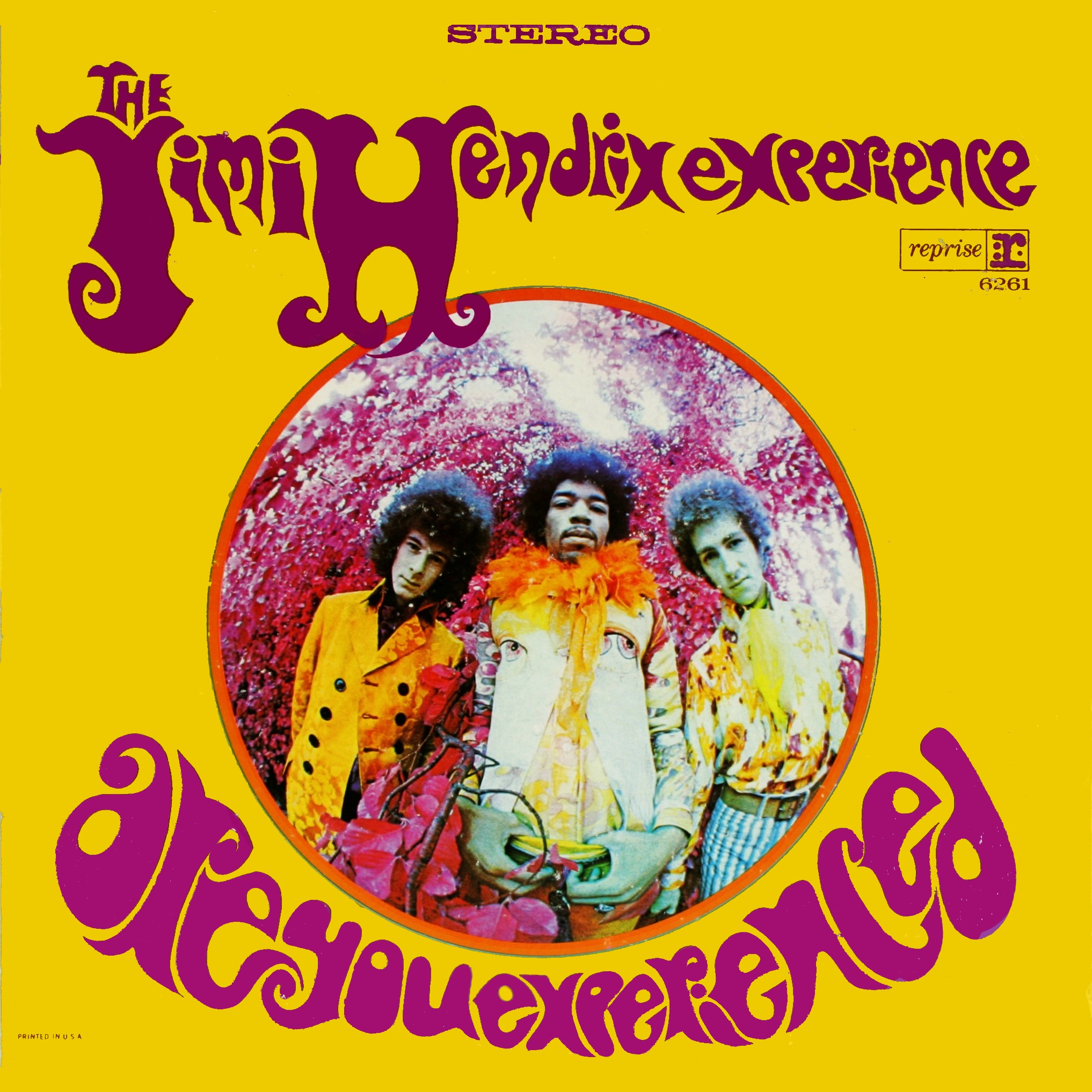
Are You Experienced, the debut album by The Jimi Hendrix Experience, showcased Hendrix’s revolutionary guitar techniques and redefined what rock music could be. Released in 1967, the album introduced audiences to Hendrix’s virtuosity, blending blues, psychedelia, and rock in a way that had never been heard before. Songs like “Purple Haze” and “Foxy Lady” highlighted his unparalleled skill, while “The Wind Cries Mary” revealed a more introspective side to his songwriting. The album’s creativity and technical innovation made it a landmark in rock history, cementing Hendrix’s status as a pioneer. Are You Experienced expanded the boundaries of rock music, setting a new standard for artistic expression and instrumental mastery in the genre.
Black Sabbath – Paranoid

Released in 1970, Paranoid by Black Sabbath is often credited with laying the groundwork for heavy metal. The album’s dark, heavy sound, combined with Ozzy Osbourne’s haunting vocals, created an atmosphere unlike anything in rock at the time. Tracks like “War Pigs,” “Iron Man,” and the title track, “Paranoid,” introduced themes of war, madness, and societal decay, striking a deep chord with listeners. Tony Iommi’s heavy guitar riffs, backed by Geezer Butler’s bass and Bill Ward’s powerful drumming, defined the album’s sound and style. The groundbreaking production and eerie mood gave Paranoid a lasting influence on metal, inspiring countless bands to explore darker themes and heavier sounds.
Bob Dylan – Highway 61 Revisited

Bob Dylan’s Highway 61 Revisited, released in 1965, marked a turning point in rock music by blending folk storytelling with electric instrumentation. The album’s opening track, “Like a Rolling Stone,” challenged traditional song structures and became one of Dylan’s most iconic works. Known for its raw and poetic lyrics, the album delves into social and personal themes that were rare for rock music at the time. Tracks like “Ballad of a Thin Man” and “Desolation Row” use sharp, thought-provoking lyrics to comment on societal norms, politics, and identity. Dylan’s decision to go electric was controversial, yet it expanded the possibilities of what rock could achieve.
David Bowie – The Rise and Fall of Ziggy Stardust and the Spiders from Mars
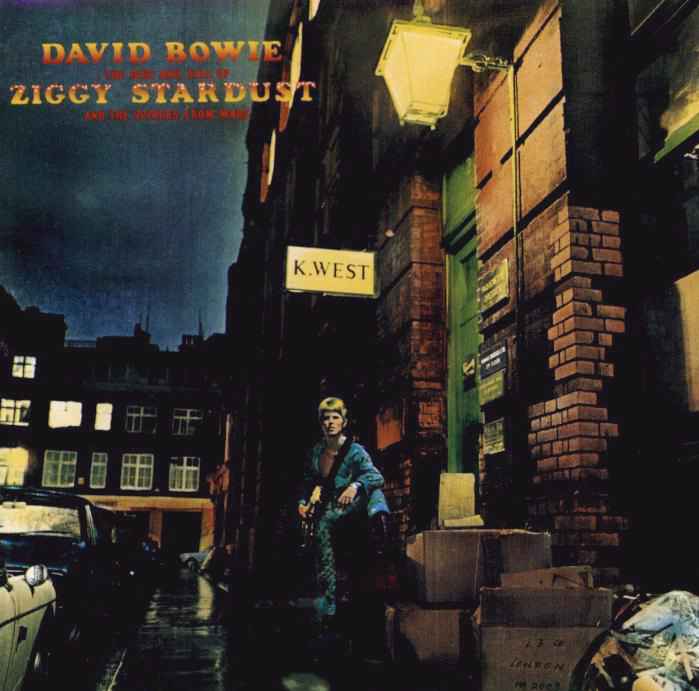
Released in 1972, David Bowie’s The Rise and Fall of Ziggy Stardust and the Spiders from Mars brought theatricality and storytelling to rock in a way that had never been done before. Bowie’s persona of Ziggy Stardust, an androgynous alien rock star, captivated audiences and challenged societal norms. Tracks like “Starman” and “Rock ‘n’ Roll Suicide” blend glam rock, pop, and a touch of science fiction, creating a narrative that felt both fantastical and relatable. Bowie’s charismatic stage presence and bold fashion choices influenced the glam rock movement and pushed boundaries on gender expression in rock. The album’s conceptual approach and genre-bending sound left a lasting impact on music, paving the way for artists to explore alter egos and larger-than-life performances.
Queen – A Night at the Opera
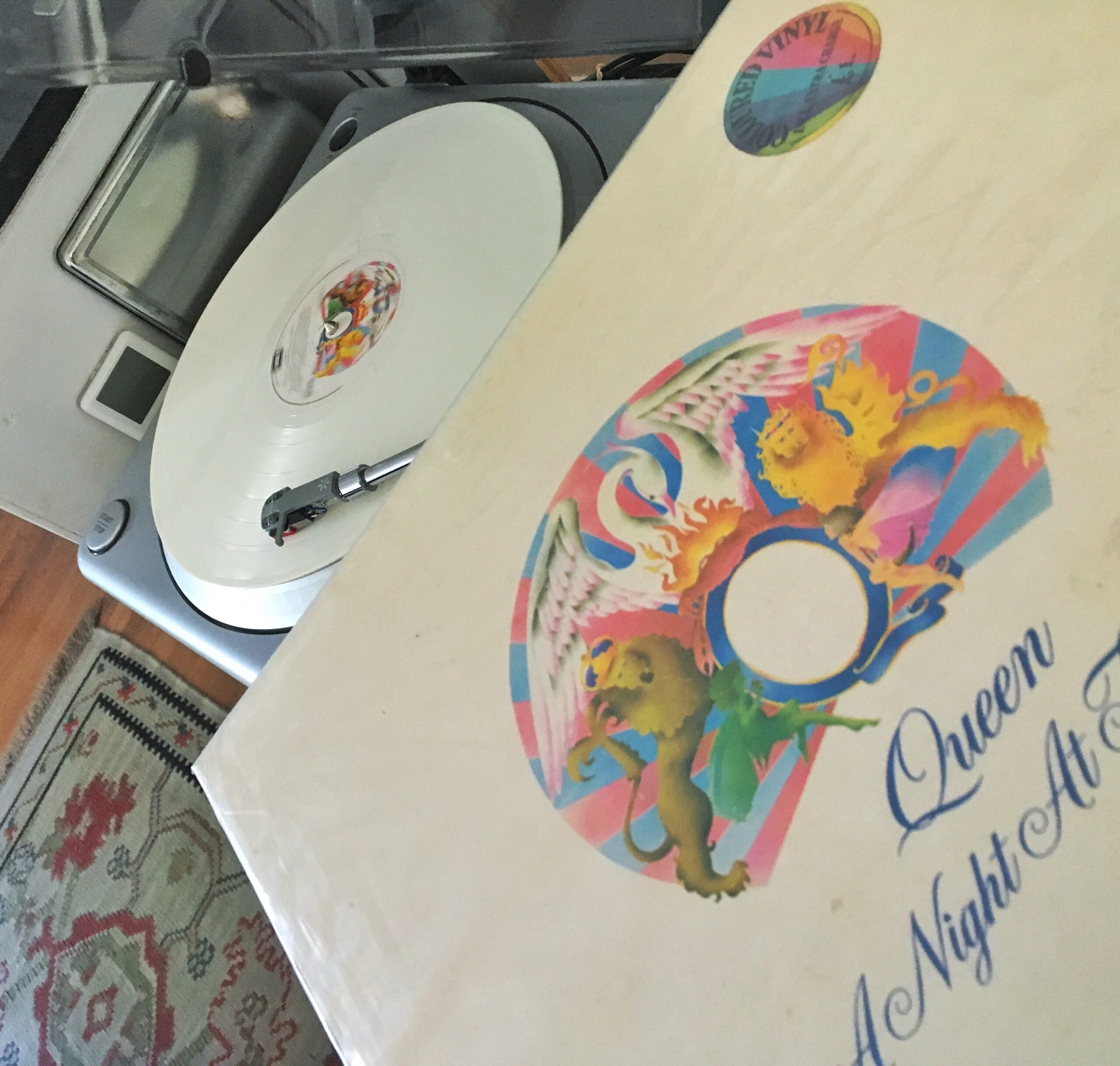
Queen’s A Night at the Opera, released in 1975, was a genre-defying album that showcased the band’s musical versatility and theatrical flair. The record combines rock, opera, ballads, and even vaudeville, creating a listening experience that is as eclectic as it is cohesive. Its most famous track, “Bohemian Rhapsody,” broke new ground with its complex structure and operatic sections, becoming one of rock’s most iconic songs. Freddie Mercury’s powerful vocals, along with Brian May’s intricate guitar work, created a signature sound that set Queen apart. The album’s production, featuring multi-layered harmonies and elaborate arrangements, demonstrated the band’s commitment to pushing musical boundaries.
AC/DC – Back in Black
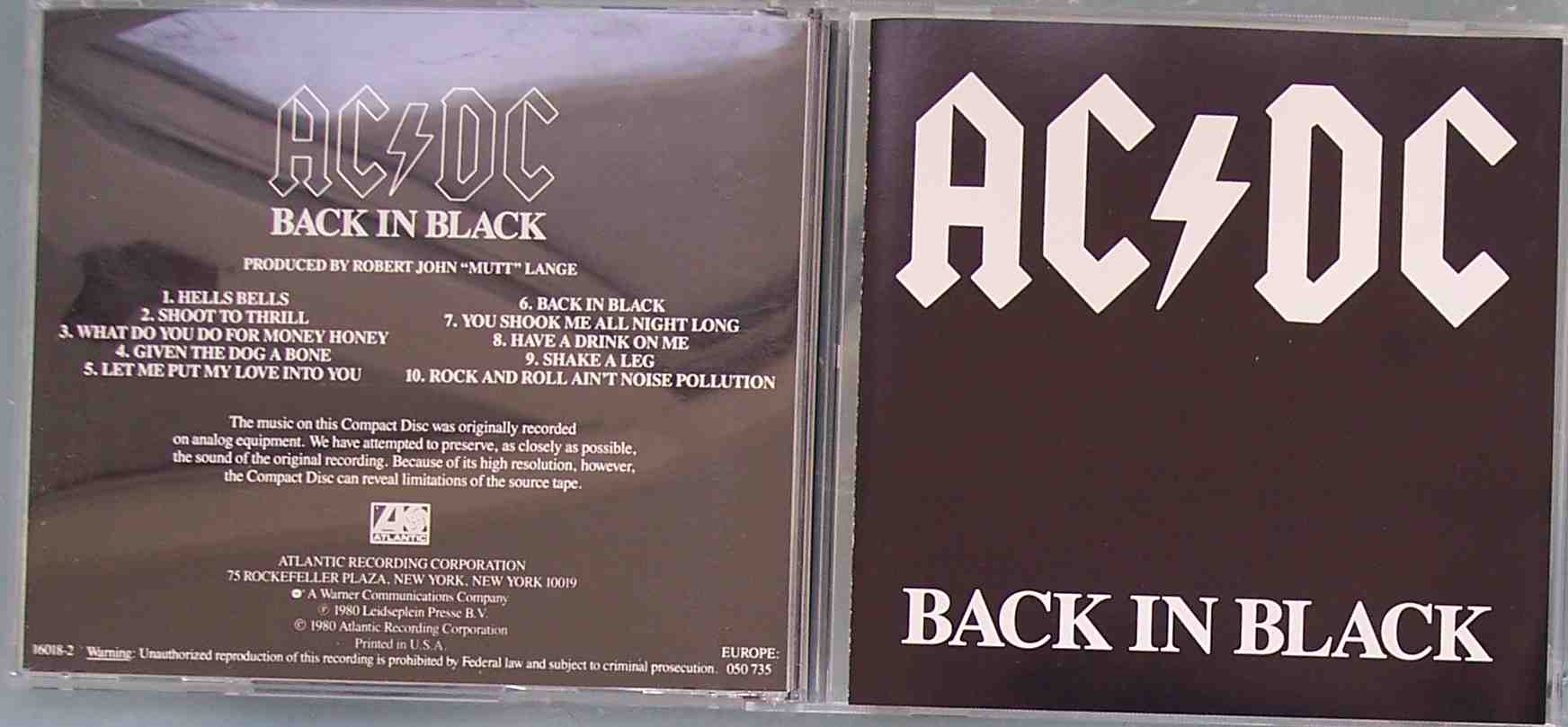
Released in 1980, Back in Black by AC/DC became a massive success and tribute to their late frontman, Bon Scott. This album introduced Brian Johnson as the new lead singer and delivered one of the most iconic rock records of all time. With its driving guitar riffs, catchy hooks, and raw energy, songs like “Hells Bells” and “You Shook Me All Night Long” quickly became rock anthems. The album’s powerful sound and production, led by Mutt Lange, emphasized heavy, hard-hitting rock that captured audiences worldwide. Back in Black achieved enormous commercial success, becoming one of the best-selling albums in history. Its influence on rock and hard rock is undeniable, solidifying AC/DC’s place among rock legends.
U2 – The Joshua Tree
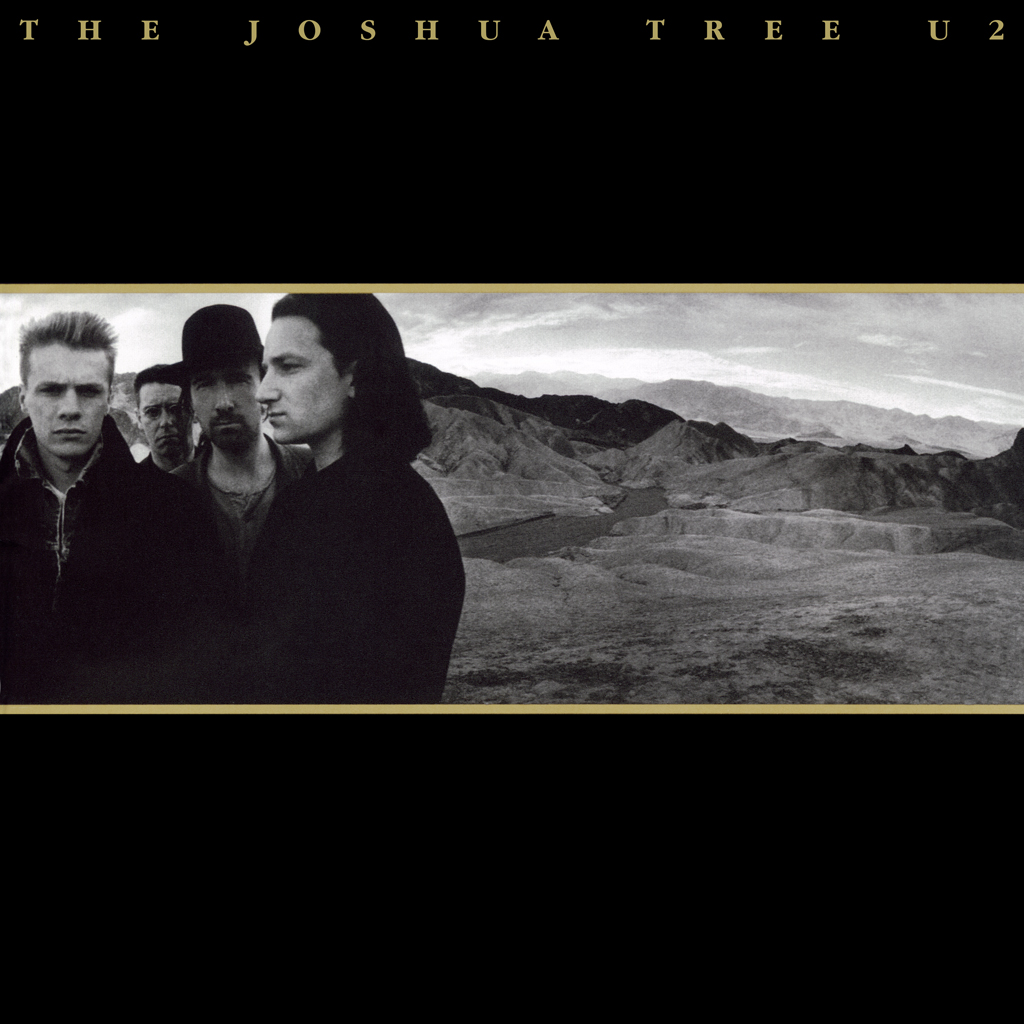
U2’s The Joshua Tree, released in 1987, elevated the band to global superstardom and showcased a new level of artistry in rock music. With its atmospheric sound, inspired by American landscapes and culture, the album captures themes of spirituality, struggle, and hope. Songs like “With or Without You” and “Where the Streets Have No Name” feature soaring guitar riffs by The Edge and passionate vocals by Bono, creating a powerful emotional experience. The production by Brian Eno and Daniel Lanois brought depth and richness, making the album sonically unique. The Joshua Tree not only captured a moment in time but also influenced rock with its ambitious sound and socially aware themes, earning U2 a lasting place in music history.
The Ramones – Ramones
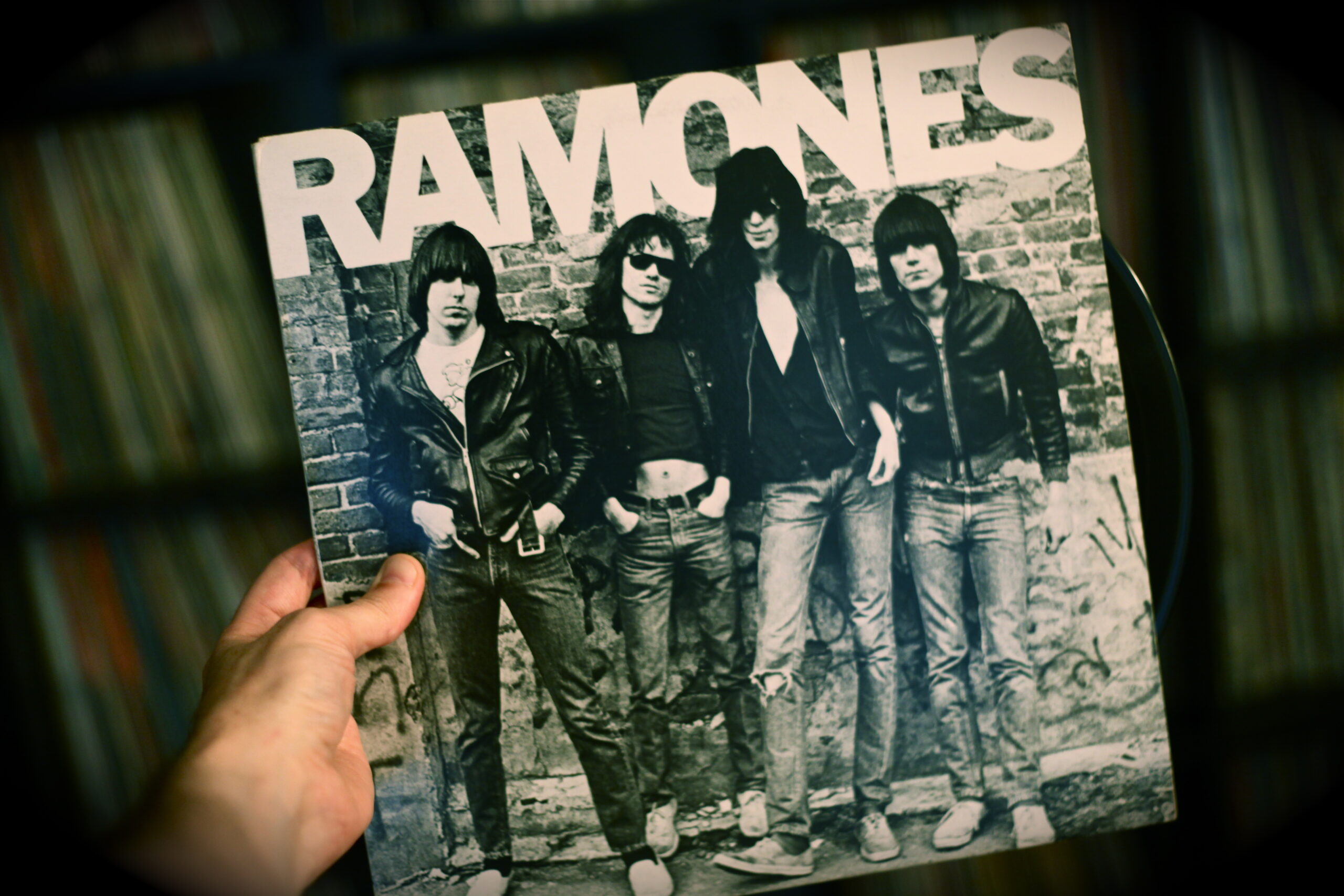
Ramones, the debut album by The Ramones, released in 1976, is widely credited with igniting the punk rock movement. Its raw, stripped-down sound, with short, fast-paced songs, was a stark contrast to the polished rock of the time. Tracks like “Blitzkrieg Bop” and “I Wanna Be Your Boyfriend” brought a DIY attitude and simplicity that resonated with fans and inspired countless punk bands. The Ramones’ unapologetically straightforward approach rejected complex arrangements, focusing instead on energy and attitude. The album’s influence spread quickly, establishing punk as a rebellious, accessible genre and paving the way for generations of punk and alternative musicians.
Metallica – Master of Puppets

Metallica’s Master of Puppets, released in 1986, is considered a pinnacle of thrash metal and a defining moment for heavy metal music. The album combines aggressive riffs, intricate solos, and complex arrangements that showcase the band’s technical prowess. Songs like “Battery” and the title track, “Master of Puppets,” tackle themes of control, addiction, and social issues, adding depth to the intense music. The album’s relentless energy and raw power redefined metal, attracting a larger audience to the genre. Master of Puppets influenced countless metal bands with its complexity and intensity, solidifying Metallica as leaders in heavy metal and shaping the future of the genre.
The Who – Who’s Next

Who’s Next, released by The Who in 1971, redefined rock with its innovative use of synthesizers and ambitious sound. Originally conceived as a rock opera, the album features iconic tracks like “Baba O’Riley” and “Won’t Get Fooled Again,” which blend powerful rock instrumentation with electronic elements. Pete Townshend’s songwriting explores themes of rebellion, identity, and change, resonating with a generation of rock fans. The album’s production was groundbreaking, combining raw rock energy with sophisticated arrangements. Who’s Next remains a landmark in rock history, influencing both the sound and ambition of future rock music and solidifying The Who’s legacy as one of rock’s greatest bands.
The Rolling Stones – Their Satanic Majesties Request
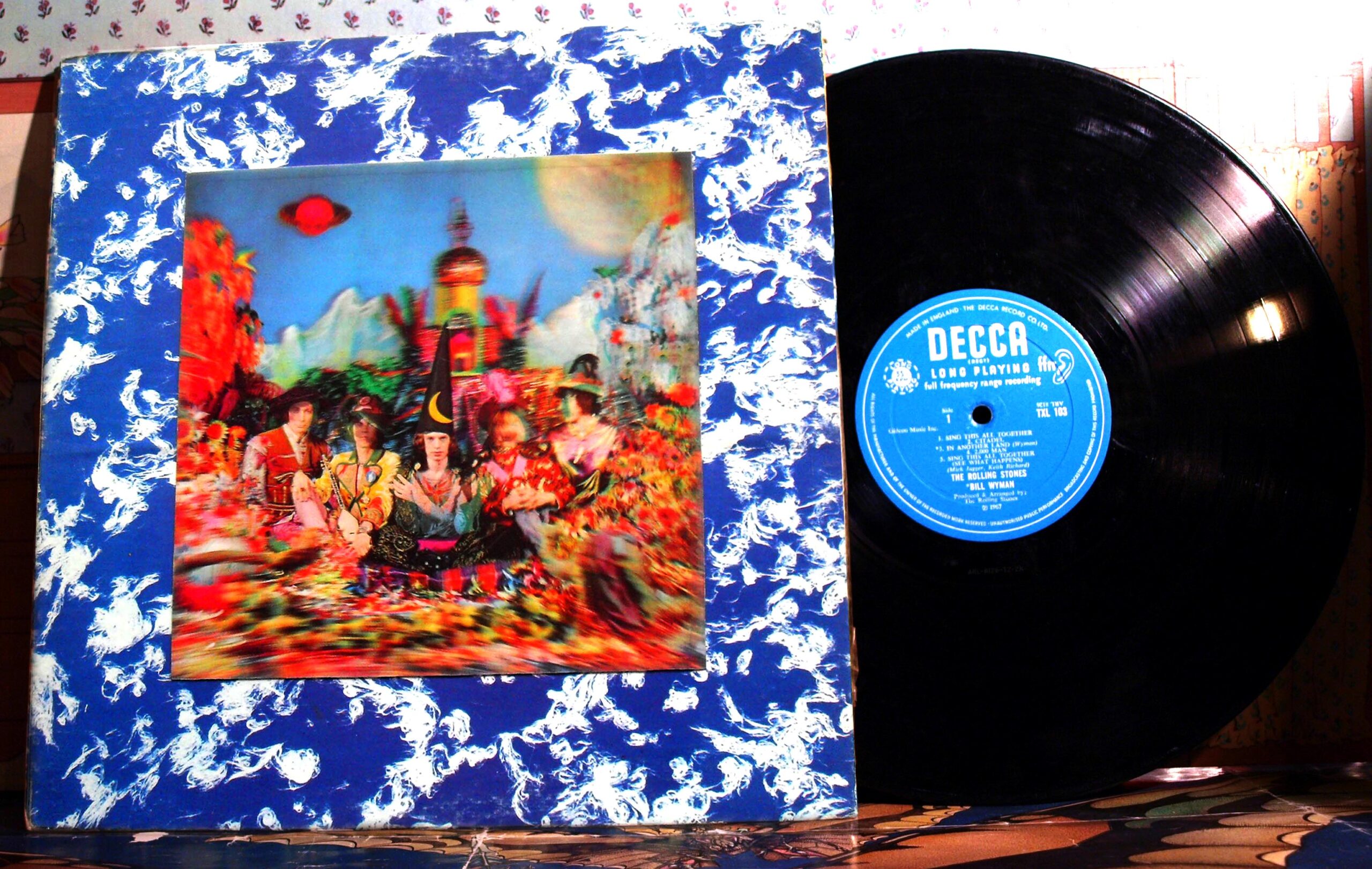
Released in 1967, Their Satanic Majesties Request by The Rolling Stones marked the band’s experimental foray into psychedelia, echoing the spirit of the late ‘60s. With elaborate production, the album explored surreal themes and incorporated a range of unusual instruments, including the Mellotron and exotic percussion. Songs like “She’s a Rainbow” and “2000 Light Years from Home” showcased this shift, blending psychedelic rock with ethereal sounds and mystical lyrics. The record’s cover art, with its 3D lenticular design, added to its otherworldly feel and was a bold statement in itself. It remains a unique testament to the band’s willingness to explore new musical territory during an iconic era of rock history.
This article originally appeared on Rarest.org.
More from Rarest.org
12 Legendary Motorcycles Known for Speed and Performance

Speed and performance have always been at the heart of motorcycle culture, and some legendary bikes have defined what it means to push limits. Read More.
15 Unusual Dishes from Around the World

Exploring unique foods from around the world can open a window into diverse cultures and unexpected flavors. Read More.
11 Largest Lakes in the World

Lakes are some of the most stunning and varied natural features on Earth, covering vast areas and housing unique ecosystems. Read More.
